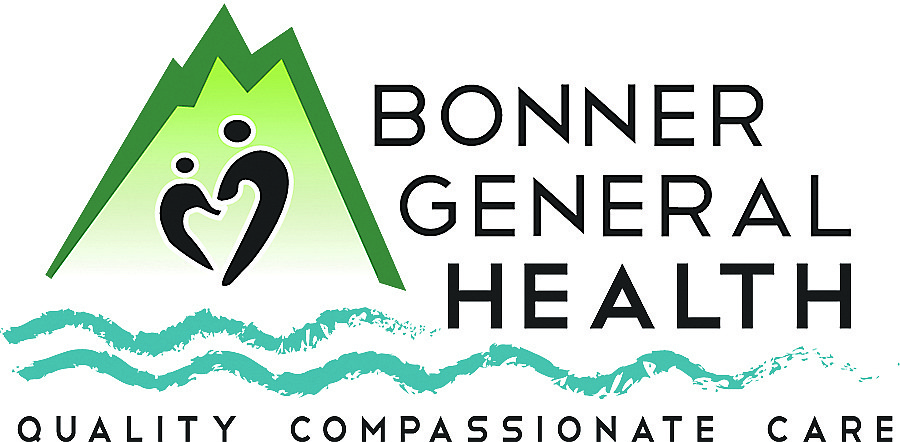Exercise pain can hurt
Whether it was caused by a vigorous late summer hike, getting the yard ready for fall or changing your workout in anticipation of ski season you’ve now found yourself with aching and burning muscles. Major ouch....
Become a Subscriber!
You have read all of your free articles this month. Select a plan below to start your subscription today.
Already a subscriber? Login




